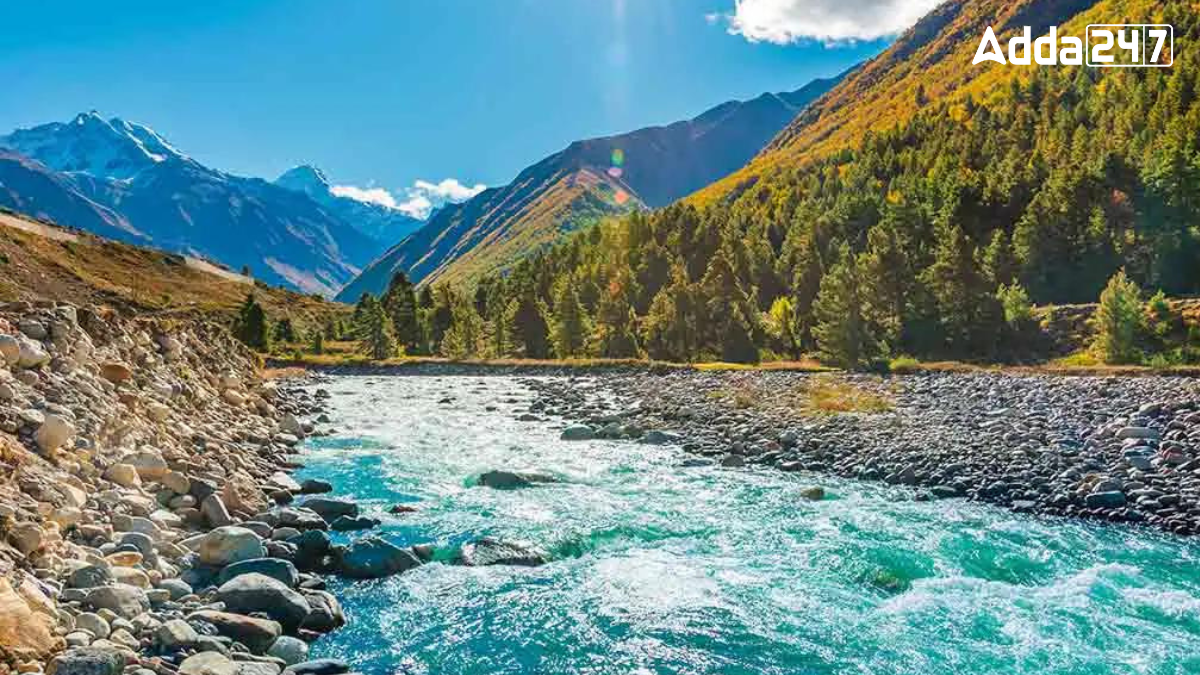Himachal Pradesh, nestled in the lap of the Himalayas, is blessed with numerous rivers that sustain its ecosystem and economy. Among these, one river stands out as the lifeline of the state, crucial for its agriculture, hydroelectric power generation, and tourism. Let’s explore which river holds this vital role.
Which Indian River is Known as “Lifeline of Himachal Pradesh”?
The Beas River is often regarded as the lifeline of Himachal Pradesh. Originating from the Rohtang Pass, it flows through the picturesque valleys of Kullu and Mandi, providing crucial water resources for irrigation, hydroelectric power generation, and sustaining local ecosystems. The river’s waters are vital for agriculture, tourism, and the overall socio-economic well-being of the state, making it a cornerstone of Himachal Pradesh’s ecological and cultural landscape.
Introduction to the Beas River
The Beas River, one of the five rivers that give Punjab its name (“Punj – Ab” meaning “five waters”), stretches approximately 470 km (290 miles) in length. Originating from the Rohtang Pass in Himachal Pradesh at an elevation of 14,308 ft, it traverses through picturesque landscapes of the Kullu Valley and into the fertile plains of Punjab before merging with the Sutlej River near Harike.
Geographical Significance of the Beas River
The river basin of the Beas spans over 20,303 sq km, providing crucial water resources to numerous cities, towns, and villages along its course. It is fed by several mountain-bound tributaries such as Bain, Banganga, Luni, and Uhal, among others, which enrich its flow and contribute to its vitality.
Course of the Beas River
From its source at Rohtang Pass, the Beas River flows southwards through the Kullu Valley, passing through Mandi and entering the Kangra Valley near Sandhol. Dividing briefly into three streams and rejoining near Mirthal, it then flows westwards towards the Shivalik Hills, marking the boundary between Gurdaspur and Hoshiarpur districts in Punjab. Finally, it turns southwards at Kapurthala, ultimately merging with the Sutlej River at Harike.
Historical and Cultural Significance of the Beas River
Historically, the Beas River has played a crucial role, particularly noted during Alexander the Great’s campaign into India in 326 BC, where it marked the easternmost extent of his conquests. The river derives its name from the Sanskrit word “Vipasha,” and its origins are linked with Veda Vyasa, an important figure in Hindu mythology.




 Which City is known as the Christmas Cap...
Which City is known as the Christmas Cap...
 Do You Know Which Spice is Known as the ...
Do You Know Which Spice is Known as the ...
 Which River is Known as the Old Man Rive...
Which River is Known as the Old Man Rive...







